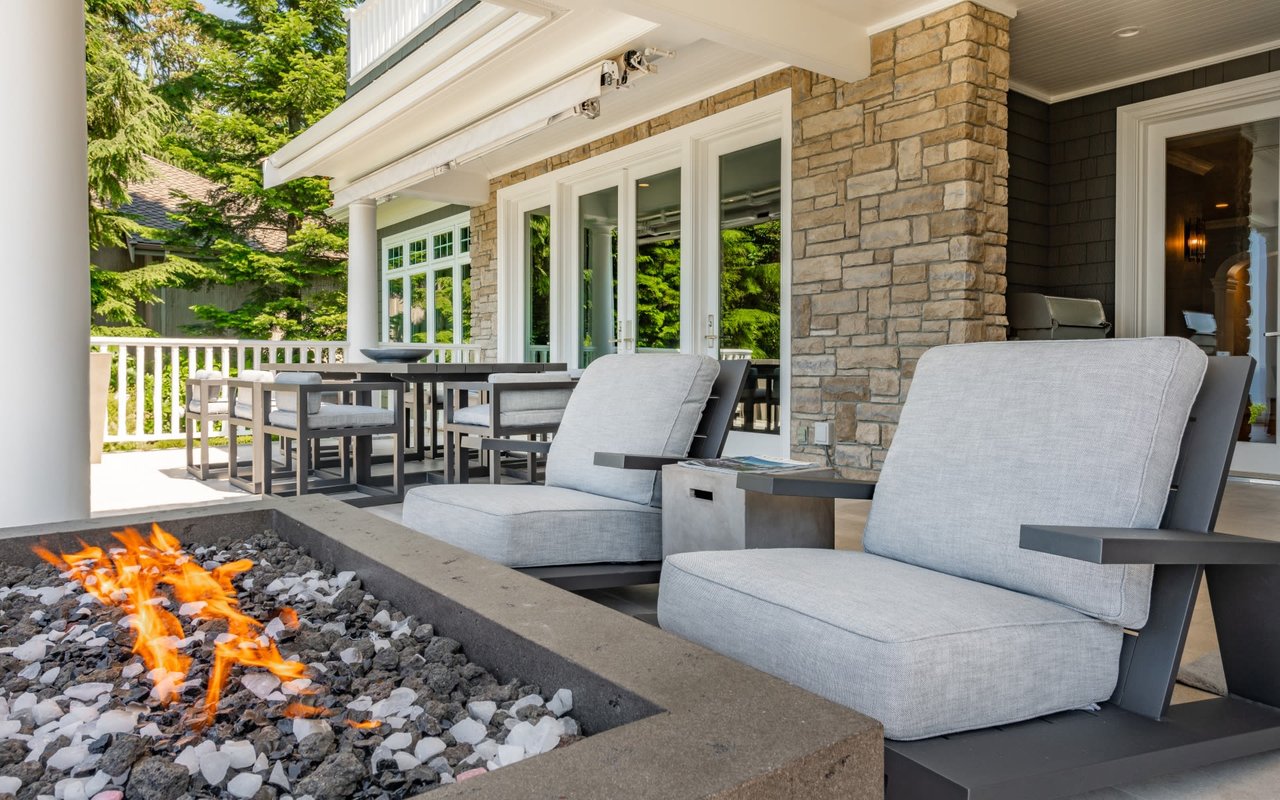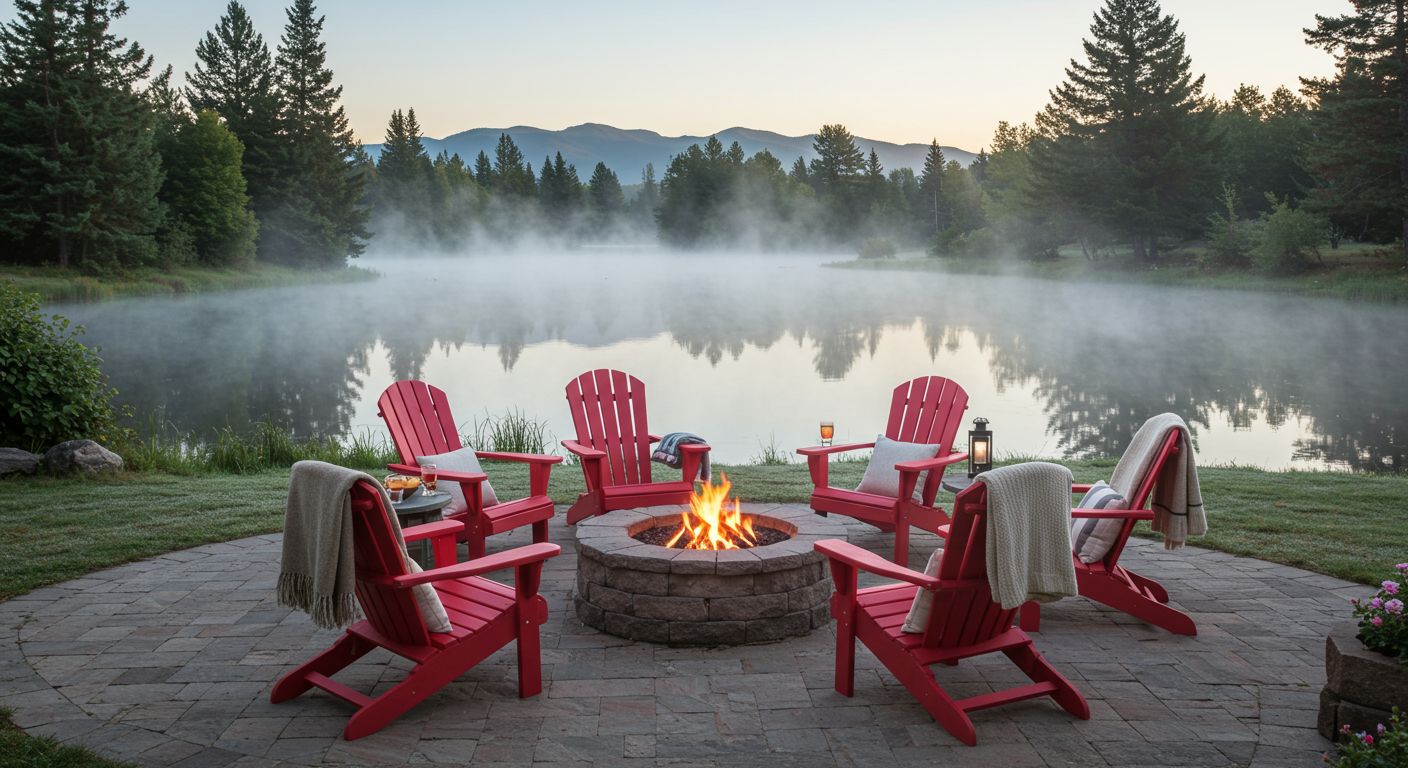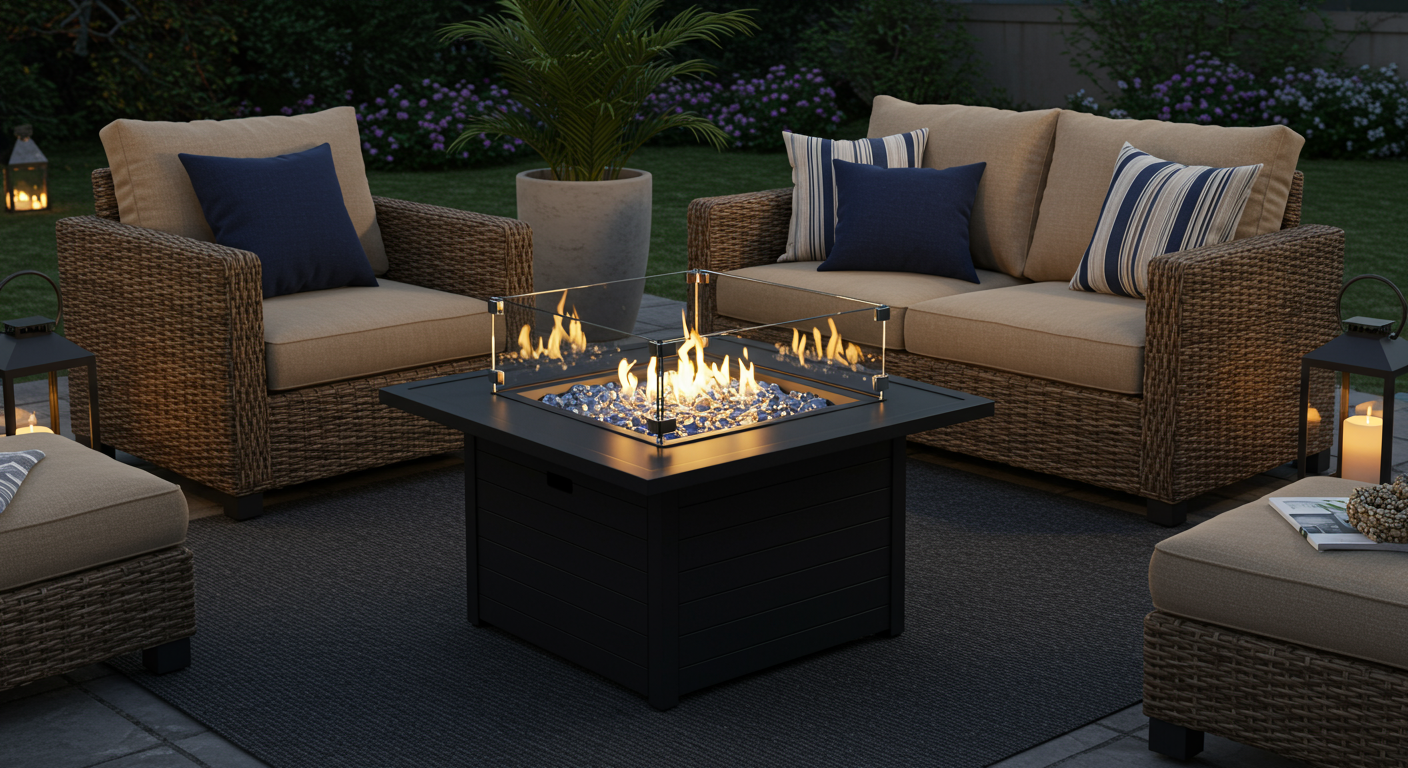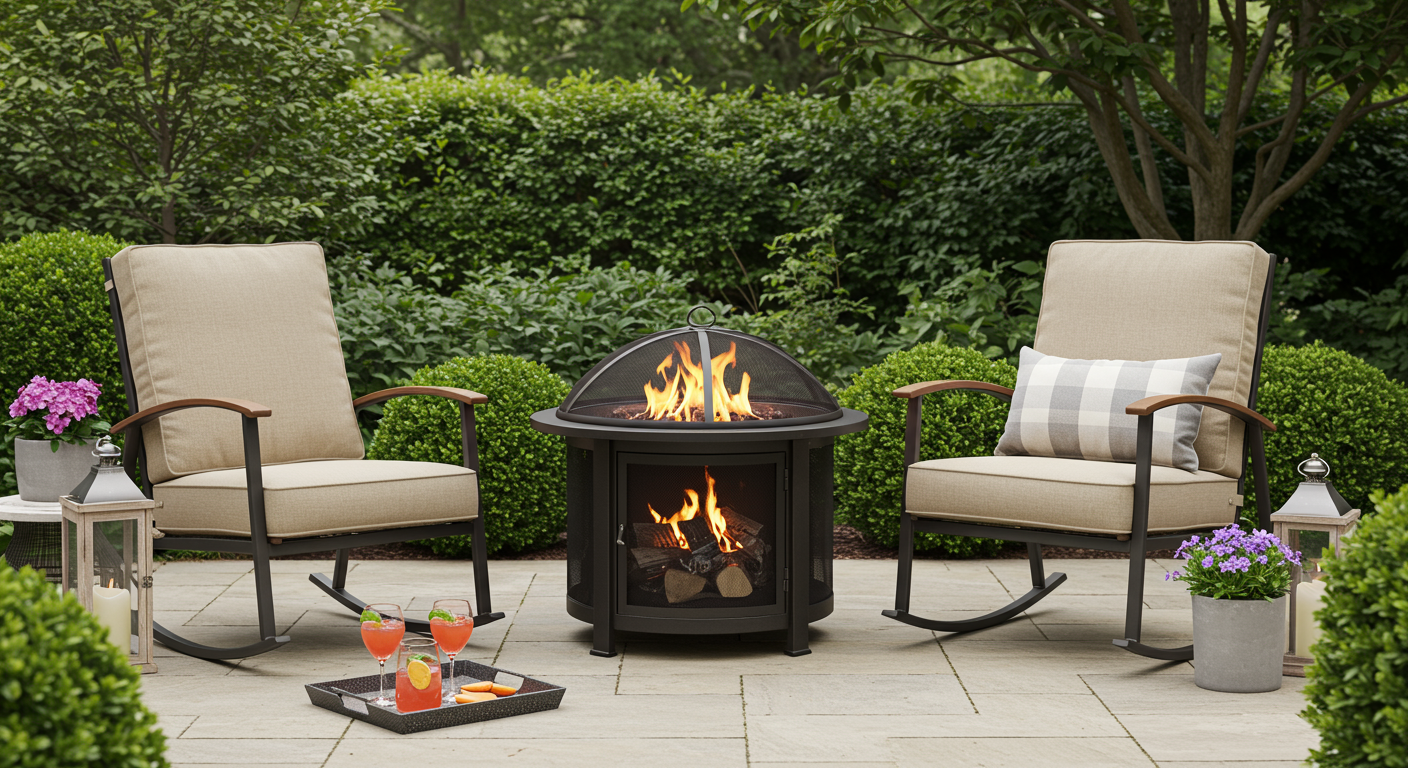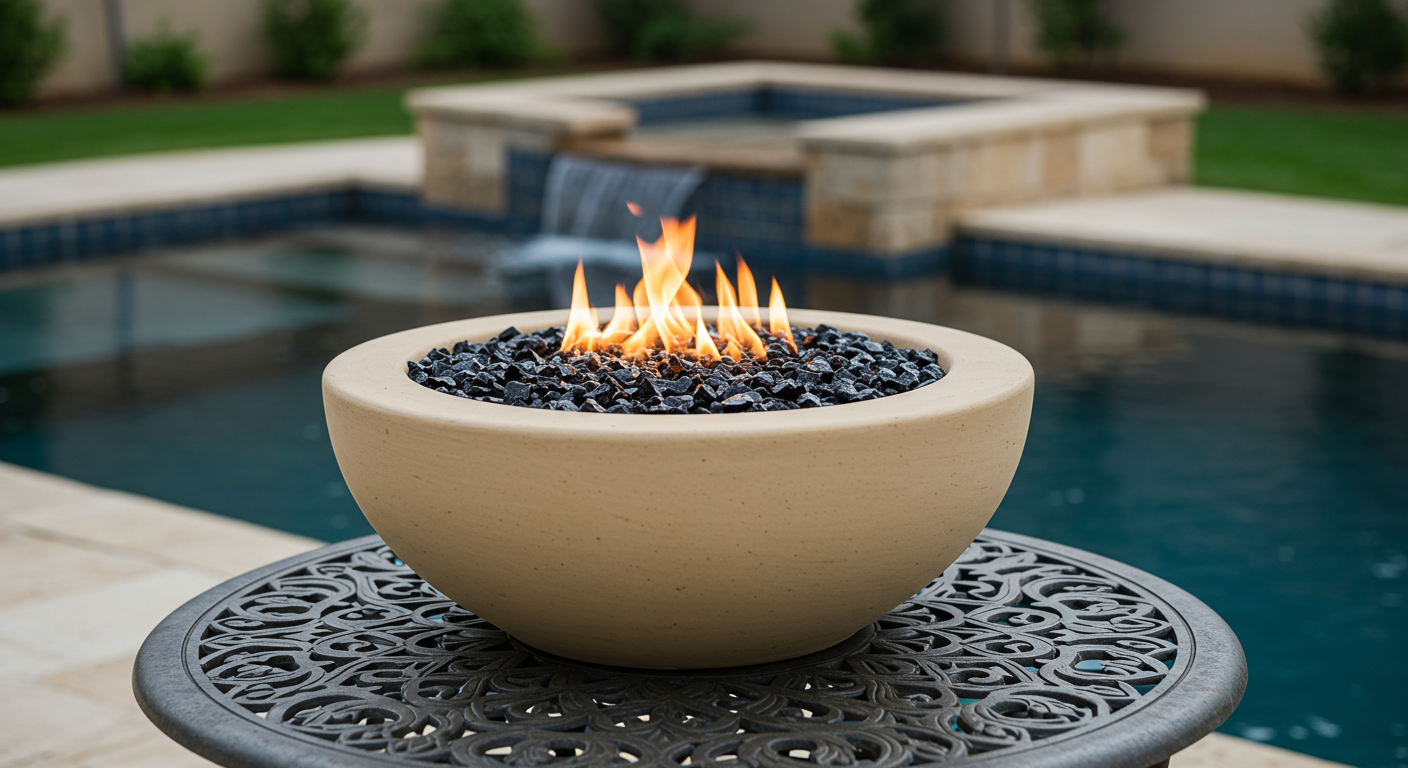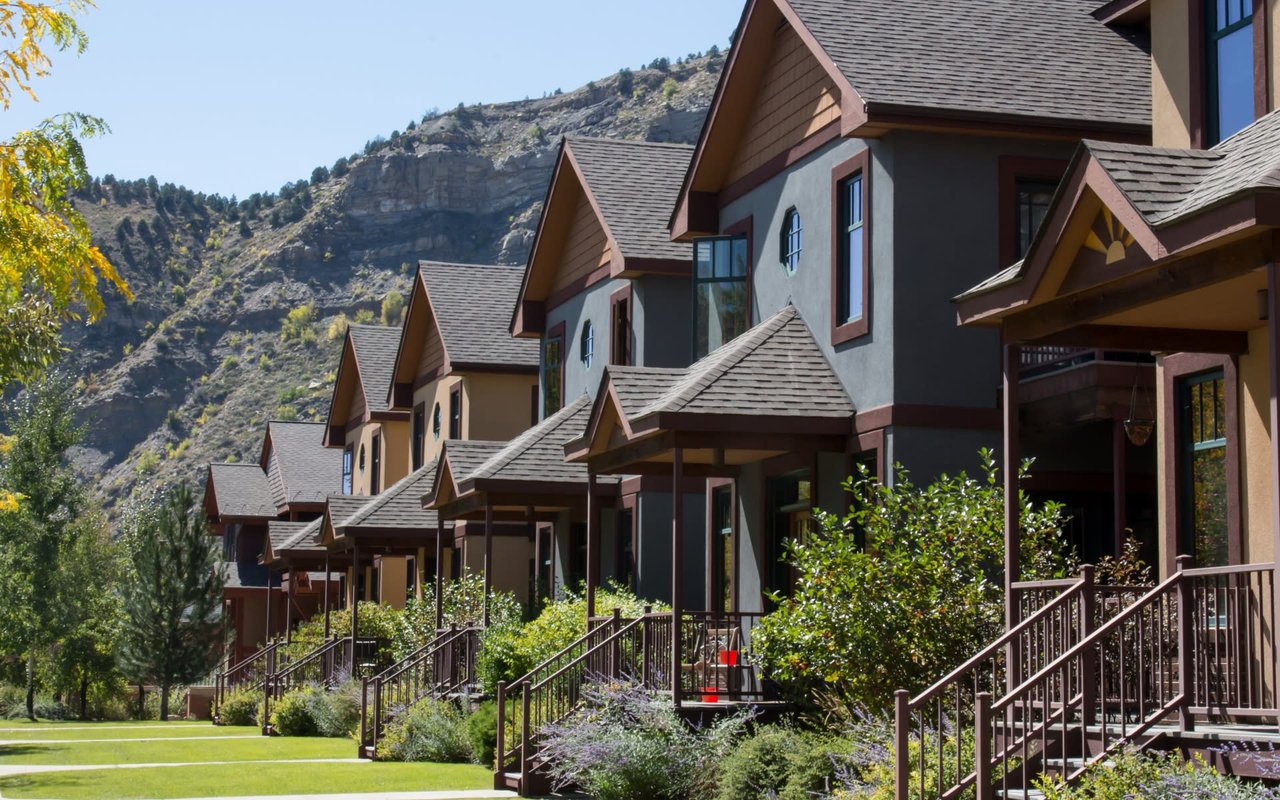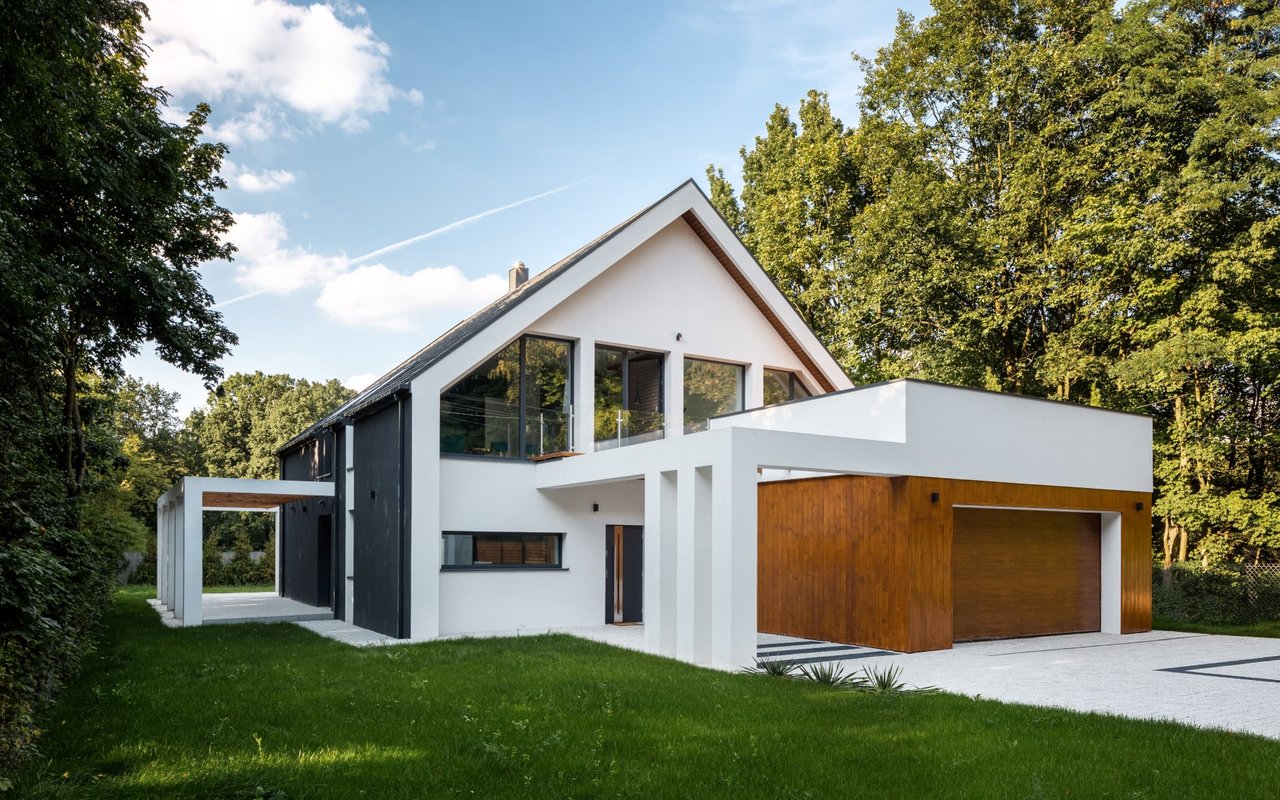A fire pit is a way for us outdoorsy types to get some use out of the backyard while the outside temperature is dropping. At other times of the year it’s a great gathering place for roasting marshmallows, talking with friends, or telling ghost stories. A fire pit provides warmth, sparks creativity and discussion, ignites passions, and can be mesmerizing and relaxing.
Before you go shopping for the perfect fire pit, so dome research and decide where it will be located, learn about the best materials, how to operate it safely, and ways to make it comply with environmental laws and guidelines. To help guide your decision process, take a look at the following tips and considerations. With this information you should be able to choose the best fire pit for your lifestyle!
Local Regulations
Before you jump into buying a fire pit, check with your city building codes and local authorities for regulations pertaining to outdoor fire pit placement or restrictions for burning wood. If you live in an apartment or condo check with your building or homeowners association to see if there are any regulations regarding outdoor fire pits.
Style
Fire pits come in a range of shapes, sizes and designs that can fit with any backyard style and homeowner needs. The challenge is narrowing your options and finding the right one for you. Unless you’re only interested in digging a hole in the ground to roast a pig for your yearly luau, your fire pit will most likely be a focal point in your backyard. A good place to start is to identify a fire pit that coordinates with your existing backyard in style, color, shape or material.
Styles of fire pits available include basic metal fire bowls to elaborate ones, multi-level and multifunctional units that are combination fire pits that can act as a table for a handy place to set food and drinks.
Fire Tables
The best of both worlds, this option combines a fire pit with a coffee table. Usually elevated on legs, and like regular tables, these come in a vast array of styles. You can place drinks and snacks down on the flat surface surrounding the pit, but make sure to give the fire some space. Fire tables are often quite a bit larger than other styles and not as easy to move, but great for kicking up your feet!
Fire Bowls
Like fire tables, fire bowls can come in a large range of sizes. Instead of having a table surface surrounding the pit, this style has a large container that holds the logs, or glass beads. It can be elevated on legs to help the heat dissipate, or it can sit directly on the ground. Fire bowls can be highly portable and easy to clean, depending on the size.
Fire Rings
If you love the look of a fire pit but want something that feel a bit more like a traditional campfire, the fire ring is the option for you! Lightweight and easy to move, these round pits are typically made of metal and are shorter in height than fire tables, as they rest directly on the ground.
Pagoda
Less pit and more of a small metal gazebo, fire pagodas blend the warmth of a campfire and the charm of a large lantern on feet. Pagodas typically have raised platforms where you build the fire, protective roofs, and screened walls to keep sneaky embers from hitting your patio.
Fire Columns
Create a dramatic, elegant look with a fire column. These designs are taller and generally thinner than tables, and they often run on gas. Fire Columns may have fire bowls that sit atop them, but some styles have recessed compartments that make the fire look as though it’s coming directly from the column, like a torch. They have a much smaller footprint than those mentioned above, but you may need more than one to feel the warmth.
Tabletop Pits
Perhaps the smallest and most portable fire pit style. They don’t cast out as much heat as bowls or tables, but they provide the same enchantment of dancing flames. These are perfect for an apartment patio or if you don’t want much maintenance.
Fuel Type
You can choose between three fuel options – wood, propane or natural gas. Wood-burning fire pits offer the classic crackling fire sound but are increasingly regulated due to environmental concerns about air-polluting smoke. Propane and natural gas offer the advantages of being smoke-free, easier to clean up and quicker to turn on and off.
Location
Building regulations will dictate where your fire pit can and cannot be in your yard, so check those first. Other things to consider when choosing a location for a fire pit include space constraints, fuel type, and how you’d like to use the fire pit.
Safety
Consider fire-safety measures when operating an outdoor fire pit and take measures to reduce risk. Make sure everyone in the house knows how to turn off or put out the fire feature, and never leave young children unattended around the flames.
Both location and fire-safe flooring material can make a big difference in increasing safety. Fire pits should be positioned at least 10 feet away from buildings and fences, on level ground and in an open area without overhanging trees. Fire-safe outdoor flooring materials to consider include decomposed granite, crushed gravel, concrete, flagstone pavers or bare earth raked free of all flammable debris.
Whatever style or size of fire pit you choose, there’s a good chance it will become a favorite evening hangout spot that will inspire new traditions.
